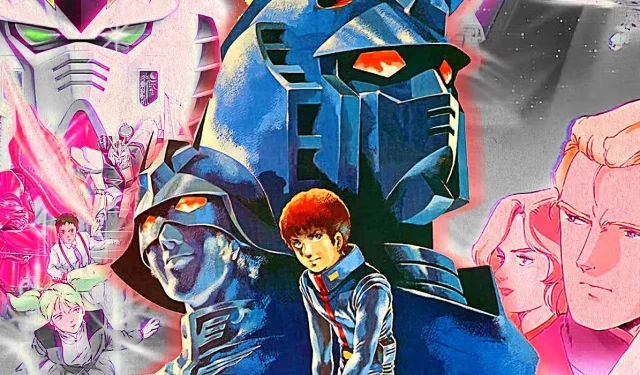
The renowned Mobile Suit Gundam series, which first captured audiences in 1979, has ignited numerous discussions over the years. Central to many of these dialogues is a pivotal inquiry: What prompted creator Yoshiyuki Tomino to feature a child amid the grim realities of warfare? In a revealing interview on a Japanese radio program, Tomino shared that his vision for the protagonist Amuro Ray drew significantly from historical contexts, notably the tragic utilization of child soldiers during World War II.
Tomino’s intention behind Amuro Ray’s character serves as a poignant reminder that Mobile Suit Gundam transcends mere science fiction. By situating his narrative within the unsettling truths of conflict, Tomino compelled audiences to ponder the ethical dilemmas tied to the involvement of innocent youth in war. This groundbreaking approach positioned Gundam as a significant work that continues to inspire meaningful debate many years after its inception.
Amuro Ray: A Reflection of History
Drawing from Historical Contexts and Child Soldier Realities
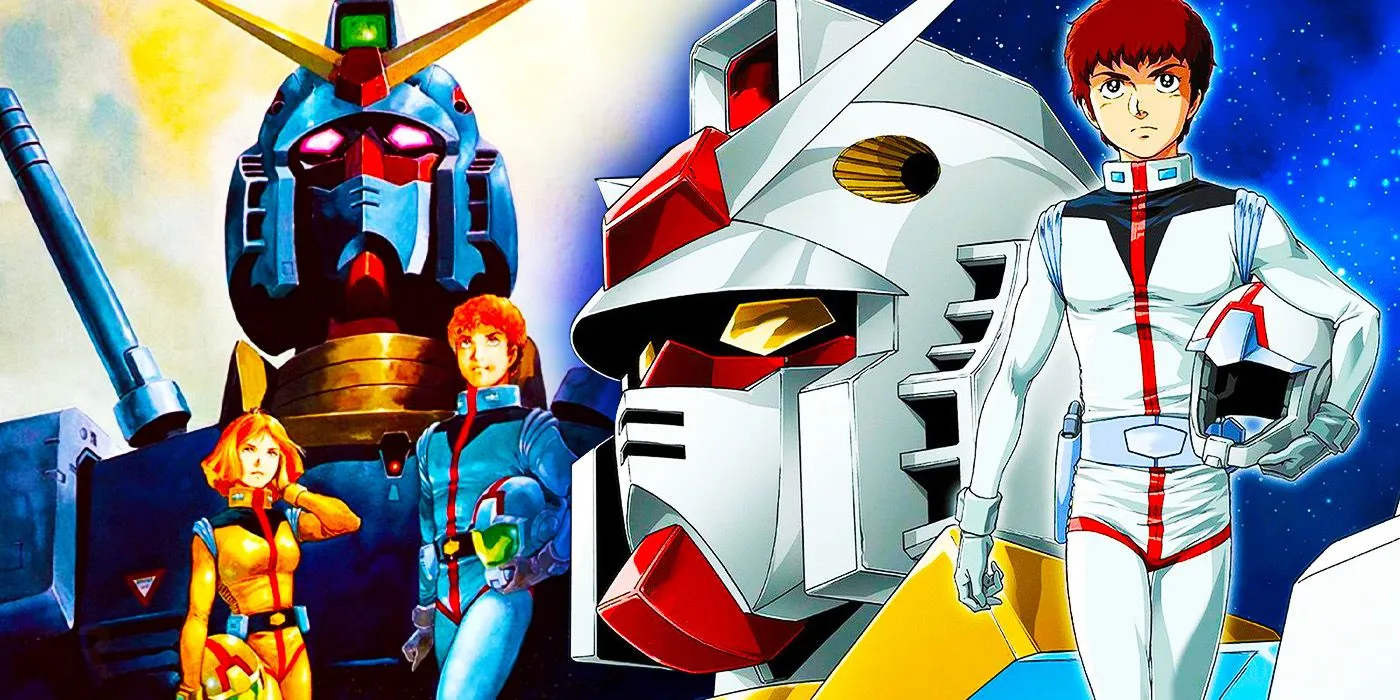
Yoshiyuki Tomino’s choice to place a teenager like Amuro Ray at the center of Gundam was far from arbitrary; it was a deliberate reflection on the tragedy of child soldiers. Informed by Japan’s tumultuous wartime history, Tomino exampled how young boys, some as young as 16, were prepared for combat, specifically pointing to those who operated tanks or served on legendary battleships such as the Yamato in the closing stages of World War II. By portraying Amuro’s involvement in the Gundam warfare, Tomino ensured that audiences would reflect on these painful historical realities.
By connecting Amuro’s experiences to these darker chapters of history, Tomino highlighted the emotional and psychological scars that war inflicts on youth. This approach resonates with contemporary narratives as seen in series like Attack on Titan, where characters confront fear, responsibility, and survival under extreme duress. Thus, Amuro’s struggles echo the harrowing journeys of real-life child soldiers, compelling viewers to confront the moral repercussions of warfare. For Tomino, Mobile Suit Gundam was not simply about mecha battles; it was a profound commentary on humanity’s darker inclinations and their long-lasting effects on future generations.
Revising Audience Perspectives
Redefining Heroism Through the Innocent Lens of Youth
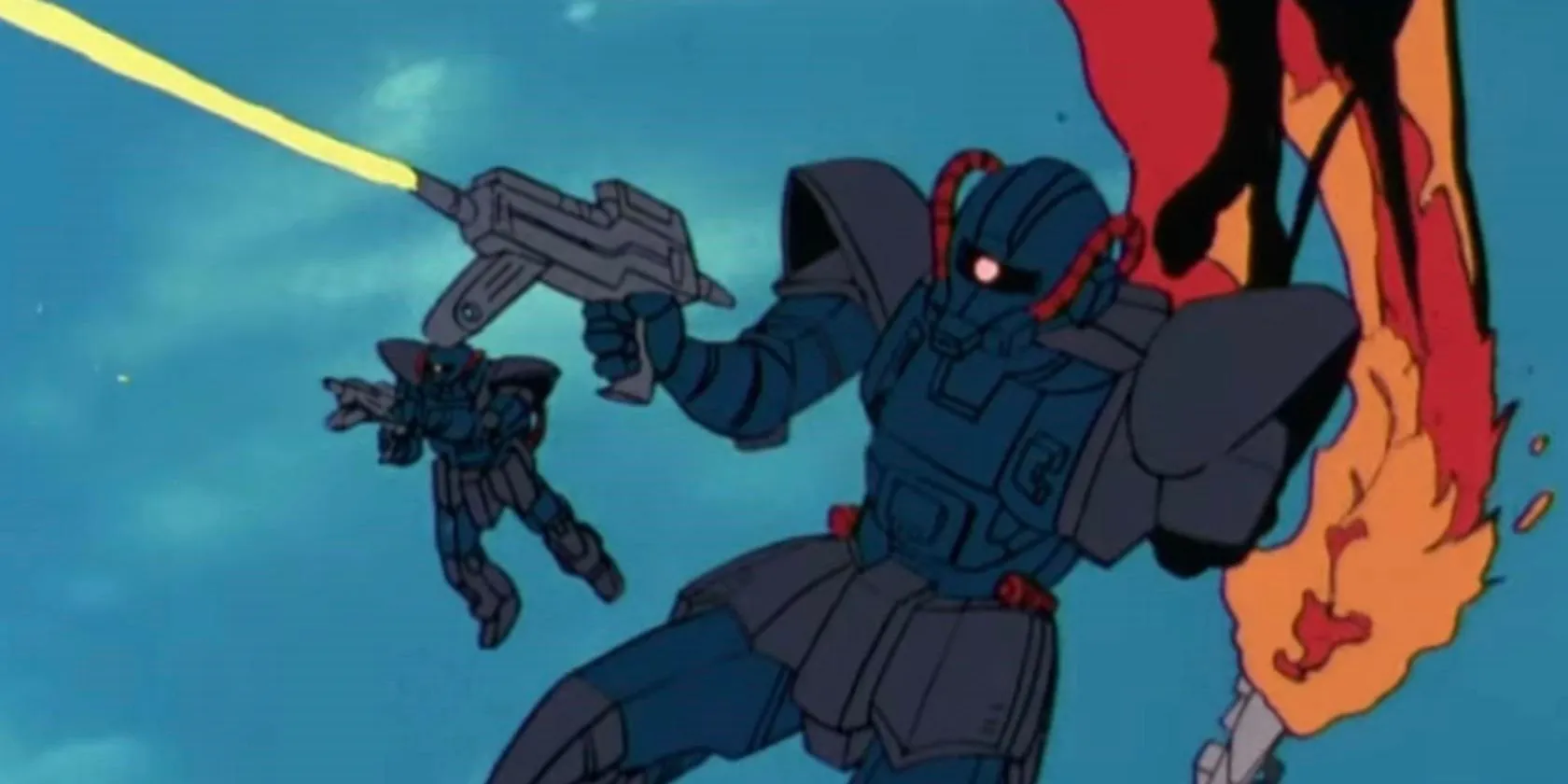
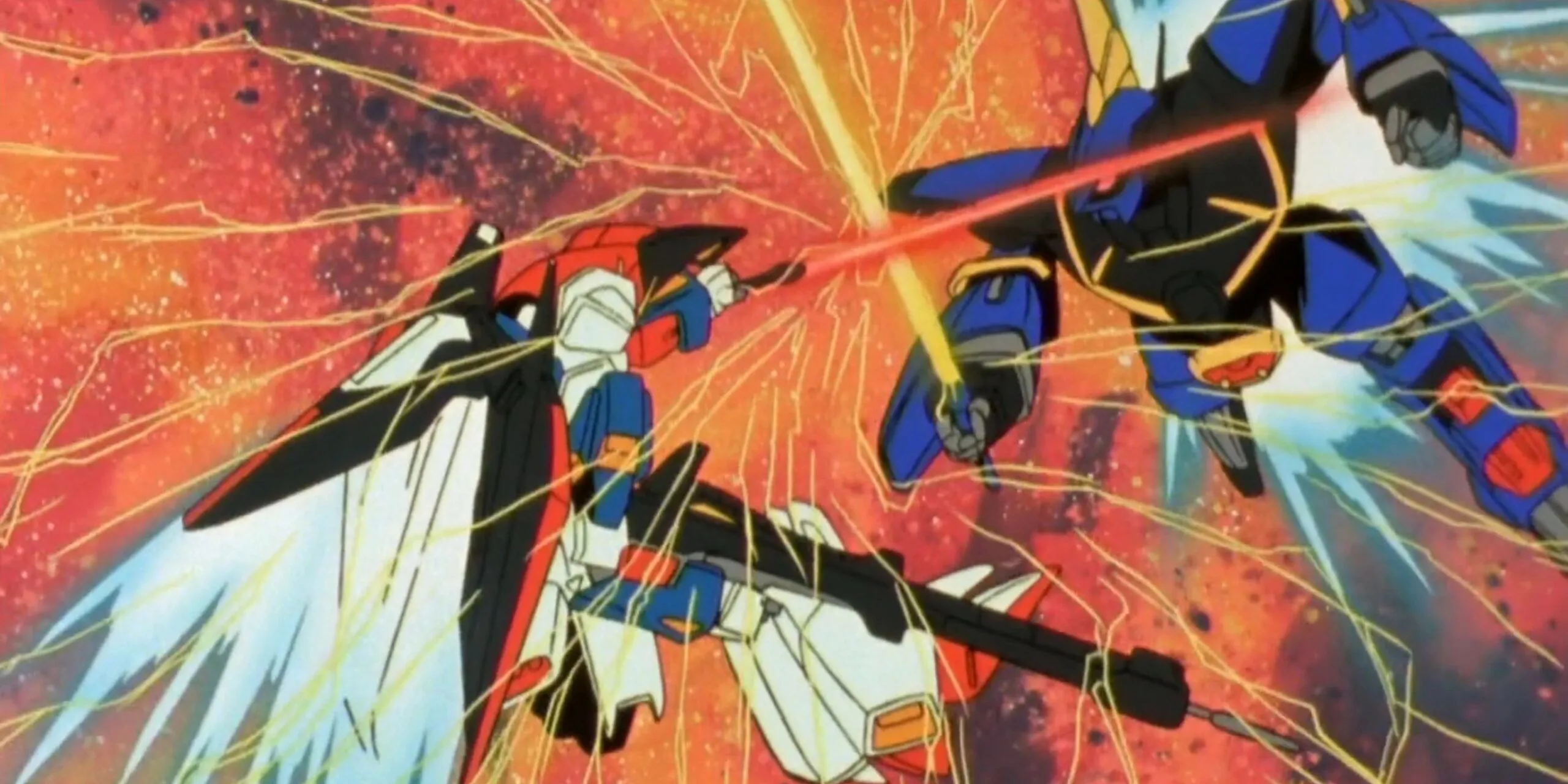
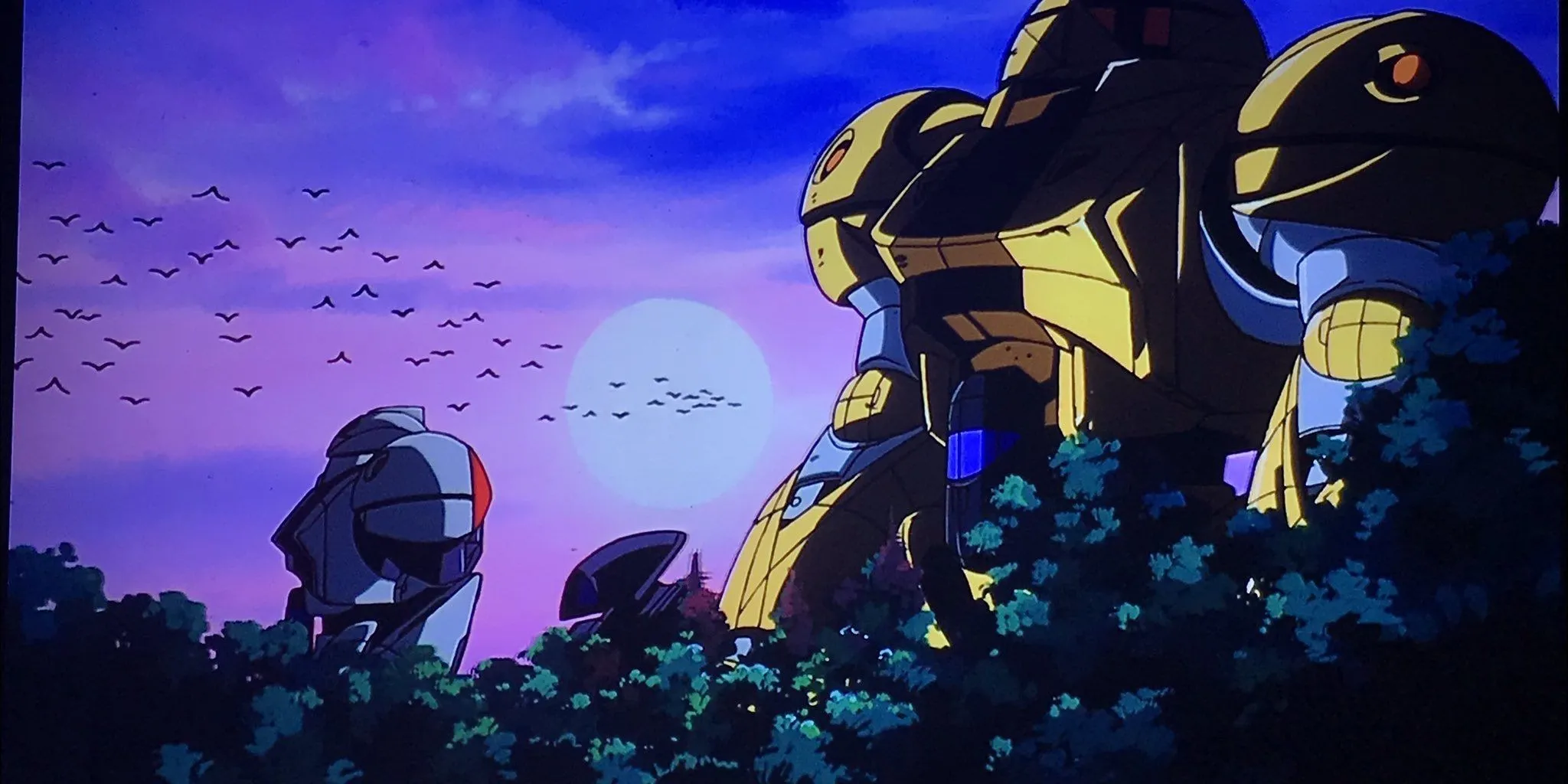
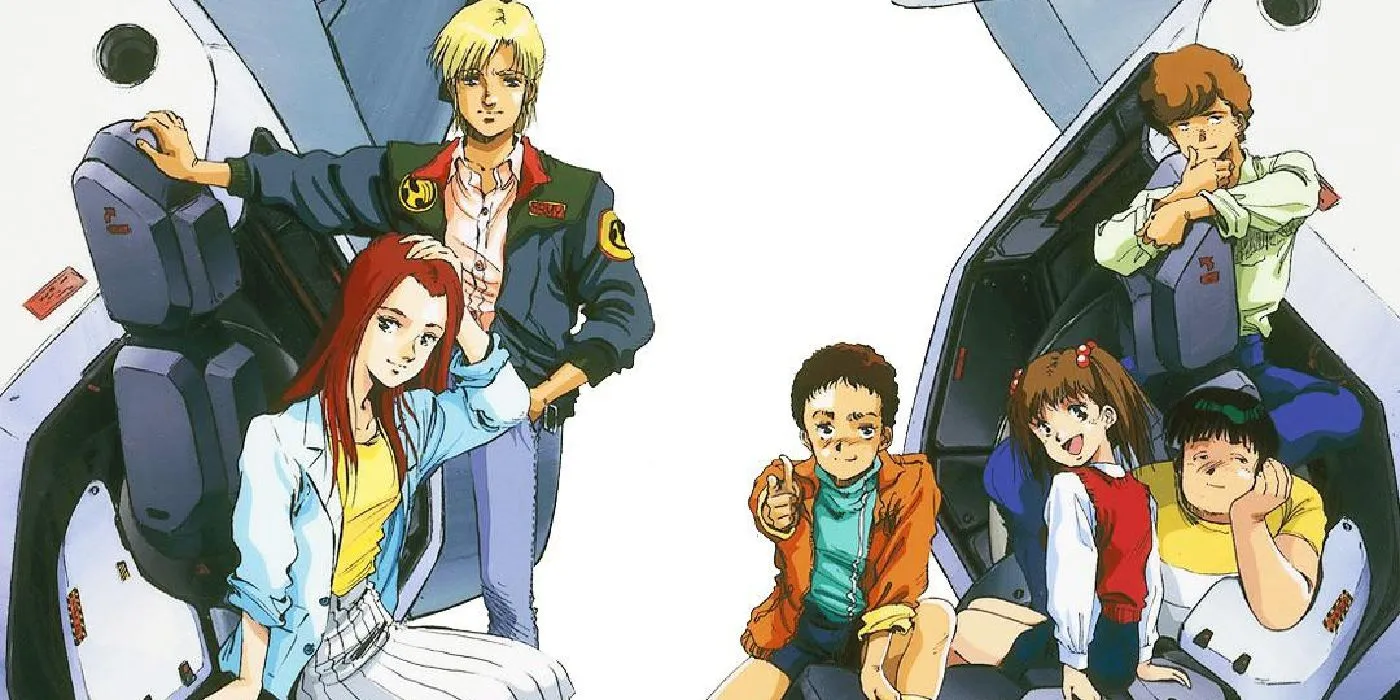
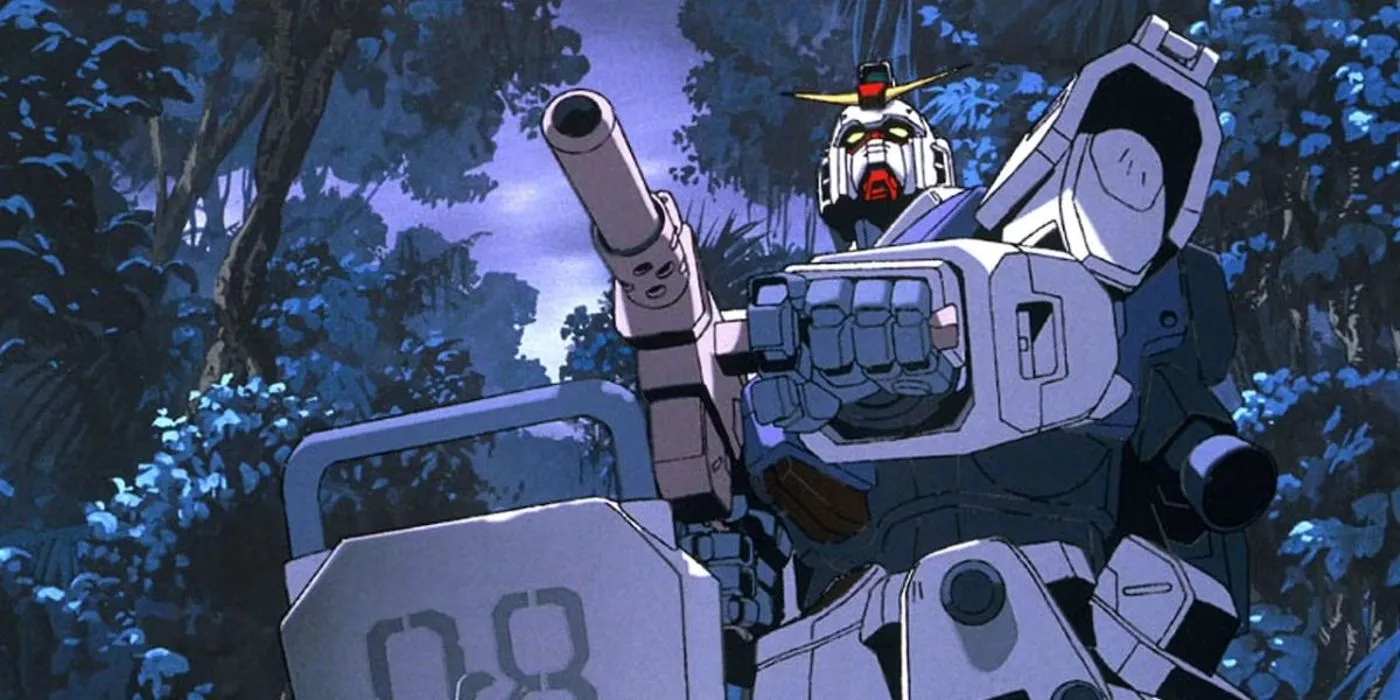
Tomino’s strategic focus on a child amidst the chaos of war served as a narrative device aimed at reshaping audiences’ expectations regarding heroism. Departing from traditional narratives that tend to romanticize warfare, Amuro’s perspective invites viewers to grapple with the stark realities of conflict, including profound losses and the long-term emotional scars it leaves behind. This portrayal brings a vulnerability and relatability to Amuro’s character, fostering deeper empathy in the audience.
Tomino’s reflections on the representation of child soldiers within his series confirm that Mobile Suit Gundam is not merely an exciting tale of futuristic battles; rather, it is a serious and insightful examination of humanity’s flaws and resilience. Through Amuro Ray’s experiences, Tomino challenges us to remember uncomfortable truths of our past to prevent history from repeating itself.
Source: Oricon News




Leave a Reply